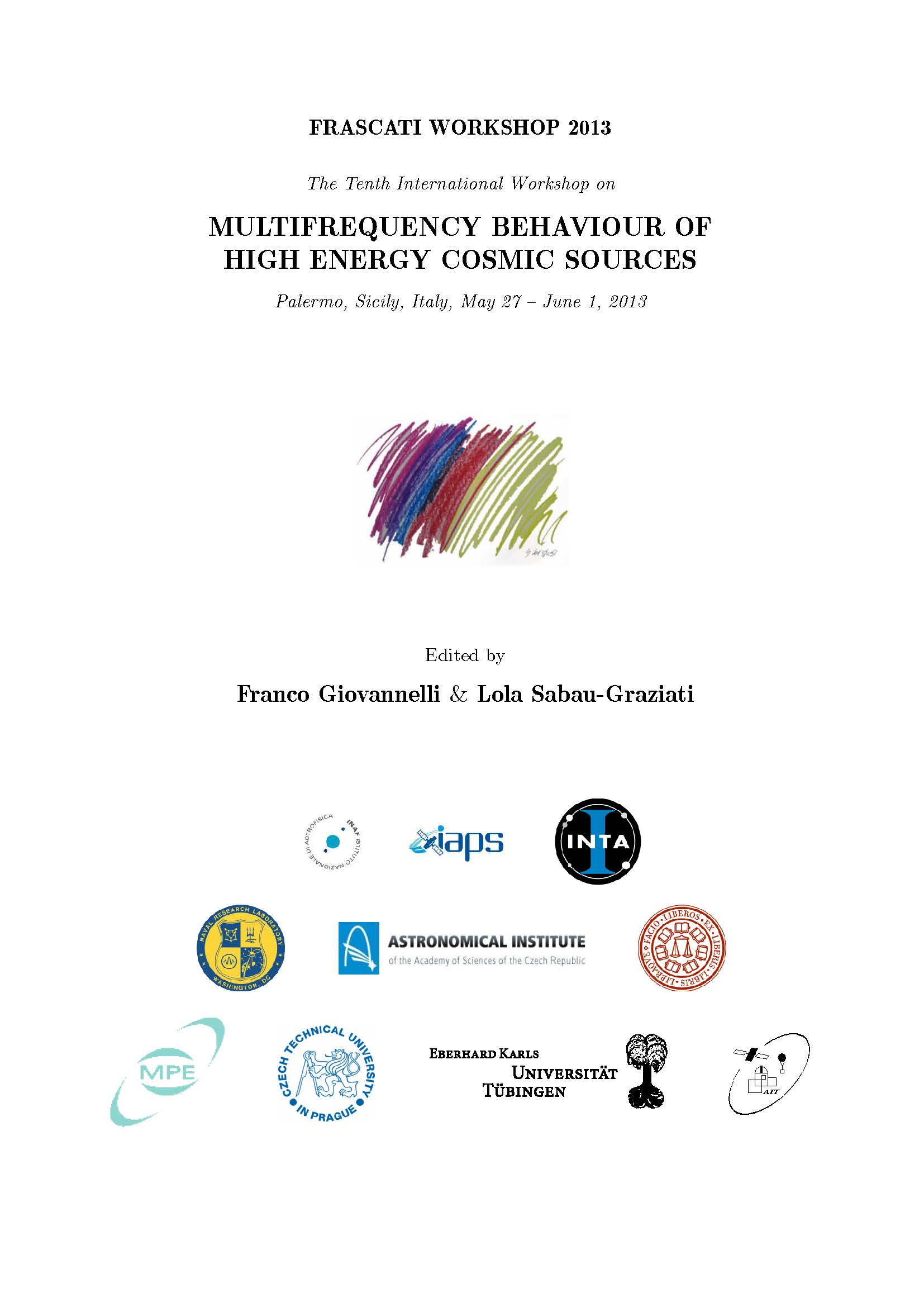A Review of Astrophysical Jets
DOI:
https://doi.org/10.14311/APP.2014.01.0259Abstract
Astrophysical jets are ubiquitous: this simple statement has become a commonplace over the last three decades and more as a result of observing campaigns using detectors sensitive from radio to gamma-ray energies. During this epoch, theoretical models of these sources have become more complex, moving from assumptions of isotropy that made analytic calculations possible, to fully anisotropic models of emission from the jets and their interactions with the interstellar and intra-cluster medium. Such calculations are only possible because we have extensive computational resources. In addition, the degree of international cooperation required for observing campaigns of these sorts is remarkable, since the instruments include among others the Very Large Array (VLA), the Very Long Baseline Array (VLBA), and entire constellations of satellite instruments, often working in concert. In this paper, I discuss some relevant observations from these eorts and the theoretical interpretations they have occasioned.Downloads
Download data is not yet available.
Downloads
Published
2014-12-04
Issue
Section
Articles
How to Cite
Beall, J. H. (2014). A Review of Astrophysical Jets. Acta Polytechnica CTU Proceedings, 1(1), 259-264. https://doi.org/10.14311/APP.2014.01.0259



